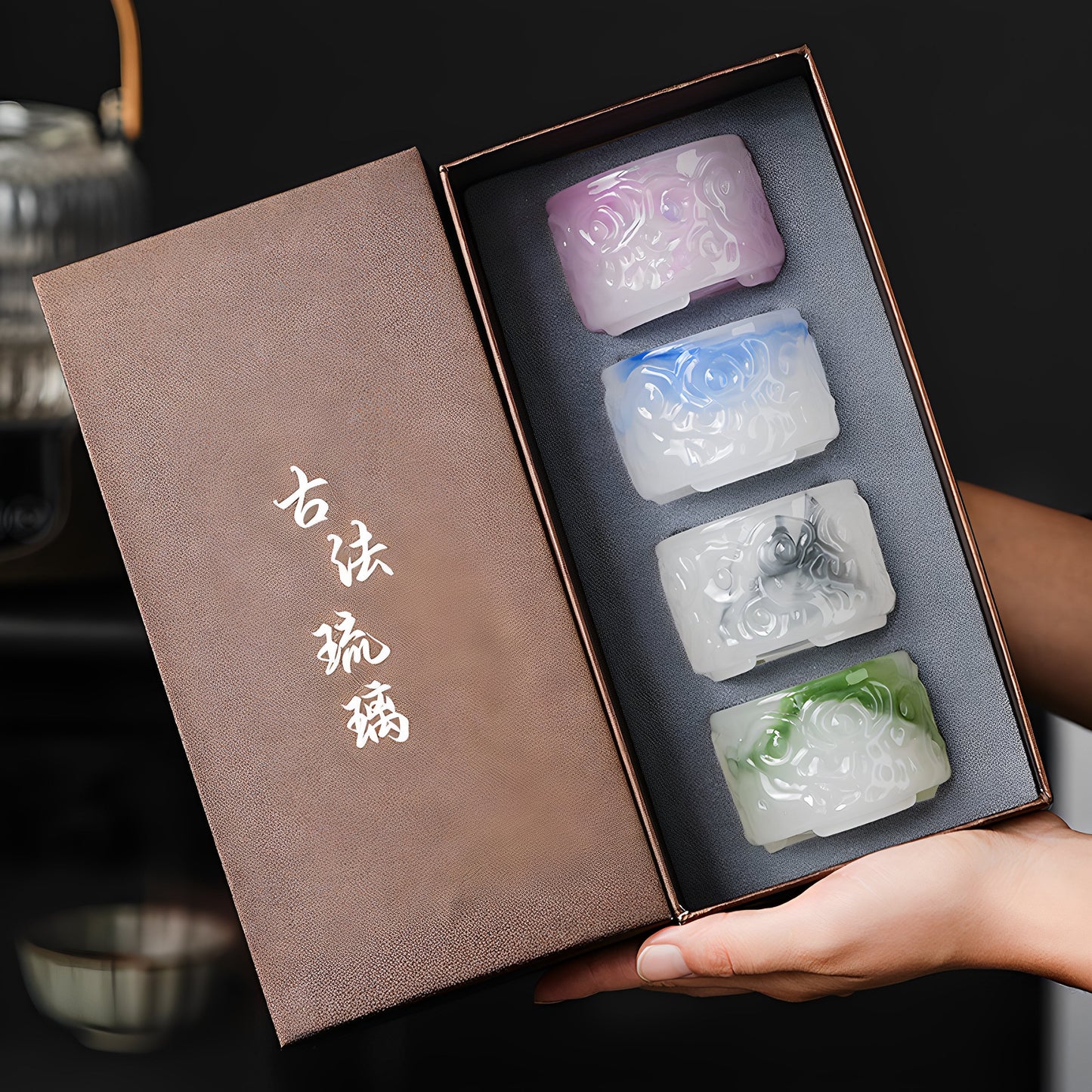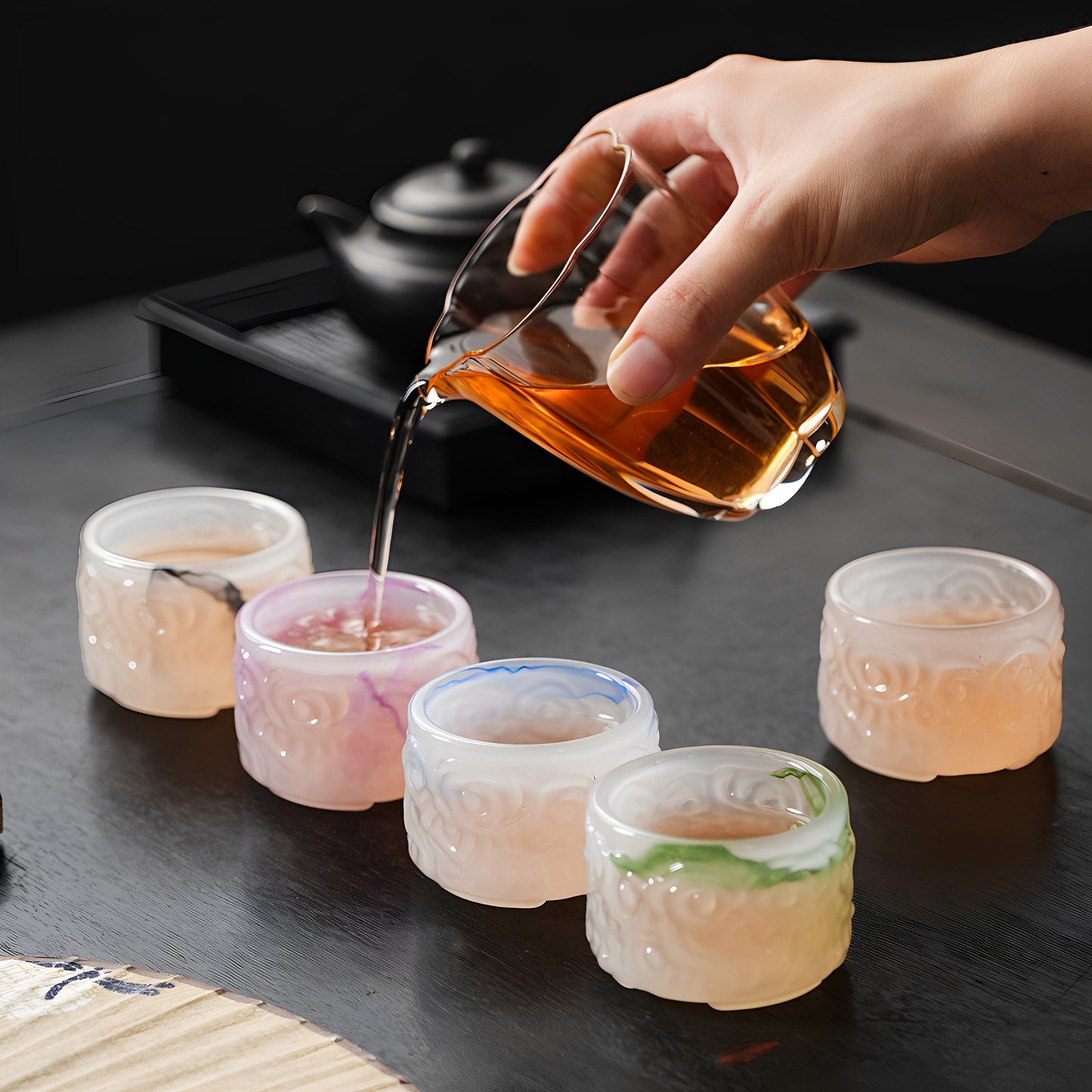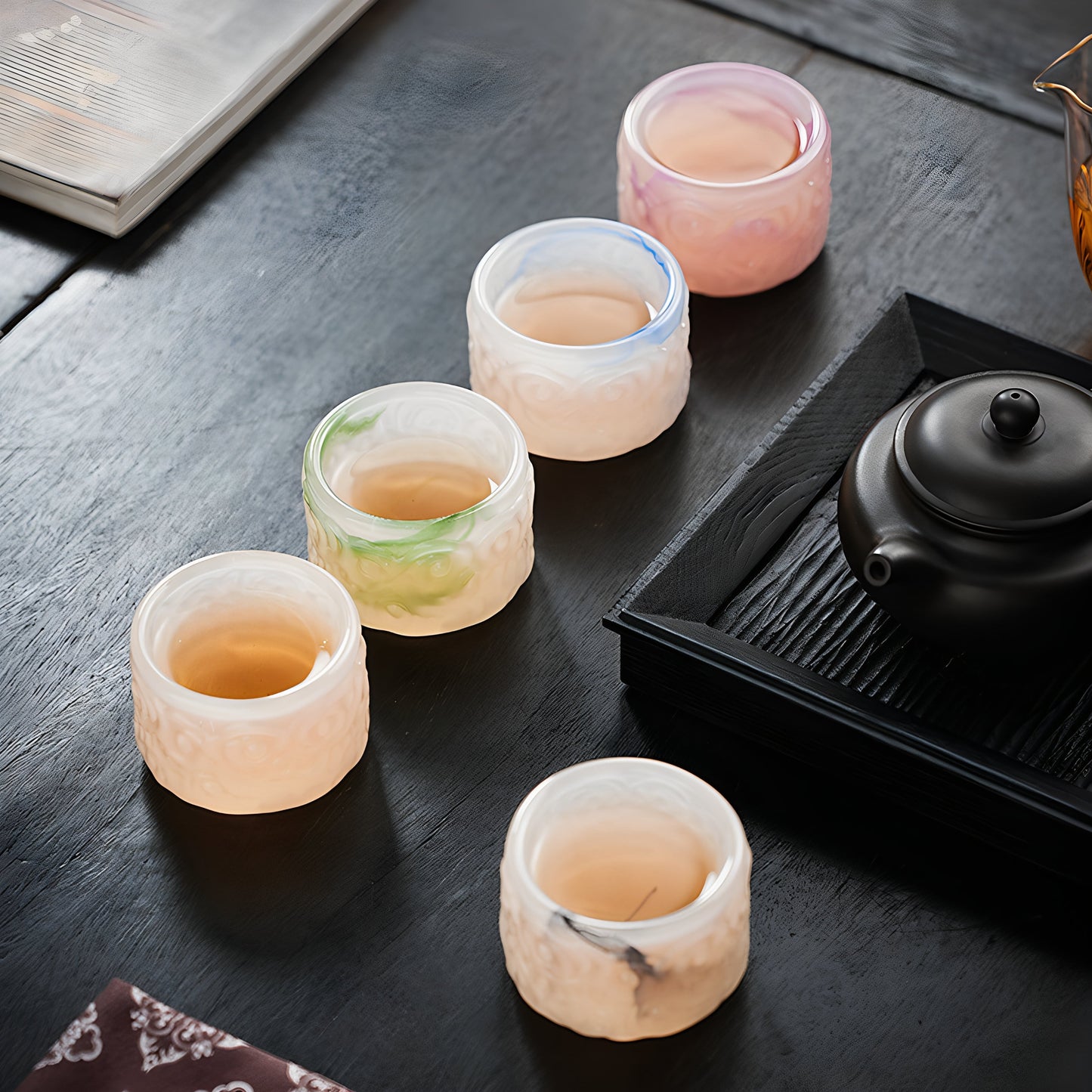Leeculture
Ancient Glass
Ancient Glass
无法加载取货服务可用情况
Chinese ceramics are one of the most profound cultural treasures in human history, embodying thousands of years of craftsmanship, philosophy, and artistic evolution.
Historical Legacy
China is hailed as the "homeland of porcelain," with its ceramic tradition dating back to the Neolithic Age (around 18,000 BCE). The Shang Dynasty (1600–1046 BCE) saw the emergence of primitive stoneware, while the Tang Dynasty (618–907 CE) marked a golden age with iconic sancai (tri-colored glazed pottery). By the Song Dynasty (960–1279 CE), Chinese porcelain reached unparalleled sophistication, exemplified by the "Five Great Kilns" producing celadon and white wares. The Ming (1368–1644) and Qing (1644–1912) dynasties perfected blue-and-white porcelain, which became a global symbol of Chinese artistry.
Cultural Symbolism
Ceramics are deeply intertwined with Chinese philosophy and daily life. The harmony between clay, water, and fire mirrors the Taoist concept of unity with nature. Porcelain’s translucence and durability symbolize Confucian ideals of integrity and resilience. Designs often feature motifs like dragons (imperial power), lotus flowers (purity), and landscapes (harmony), reflecting cultural values.
Humanistic Spirit
Behind every ceramic piece lies the dedication of artisans. Kilns like Jingdezhen, the "Porcelain Capital," have preserved techniques passed down through generations. Ceramics also served as diplomatic gifts along the Silk Road, bridging East and West. Today, they remain a living heritage, blending tradition with modern innovation.
Share





